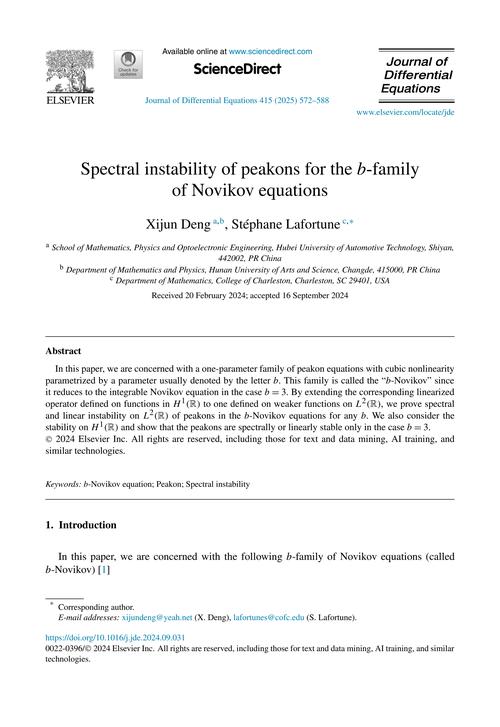Quantitative Analysis: The Key to Understanding Data-Driven Decision-Making
 summary:
Quantitative Analysis is a crucial tool for understanding data-driven decision-making. It...
summary:
Quantitative Analysis is a crucial tool for understanding data-driven decision-making. It... Quantitative Analysis is a crucial tool for understanding data-driven decision-making. It involves the collection, interpretation, and application of numerical data to inform and guide decision-making processes. By utilizing quantitative analysis, organizations and individuals can gain valuable insights from data, identify trends, make informed decisions, and optimize their strategies for improved performance.
In today's world, data is a valuable asset that can inform and guide decision-making across various industries. Quantitative analysis, often referred to as quantitative data analysis, is the process of converting raw data into meaningful insights that can be used to make informed decisions. It involves the use of statistical methods, models, and algorithms to extract patterns and trends from large datasets, enabling organizations to make data-driven decisions that lead to improved outcomes.
The Importance of Quantitative Analysis
Quantitative analysis has become an indispensable tool for businesses and organizations of all sizes. It helps companies understand their customers better, identify trends in the market, and make strategic decisions that drive growth and profitability. By analyzing historical data, companies can predict future outcomes and develop strategies that align with their goals. Quantitative analysis also helps organizations identify risks and opportunities, enabling them to make informed decisions that mitigate risks and capitalize on opportunities.
Applications of Quantitative Analysis
Quantitative analysis has numerous applications across different industries. In finance, it helps investors make informed decisions by analyzing market trends, predicting stock prices, and identifying investment opportunities. In healthcare, it helps researchers understand disease patterns, develop new drugs and treatments, and improve patient care. In marketing, quantitative analysis helps businesses understand customer behavior, target audiences, and develop marketing strategies that drive sales and revenue.
Methods of Quantitative Analysis
Quantitative analysis involves several methods and techniques that are used to analyze data. Descriptive statistics is a fundamental method that helps describe and summarize data using measures such as mean, median, mode, and variance. Inferential statistics is used to test hypotheses and make inferences about a population based on a sample. Regression analysis is a powerful tool used to identify the relationship between two or more variables and predict future outcomes. Other techniques include cluster analysis, factor analysis, and time series analysis.
Benefits of Quantitative Analysis
The benefits of quantitative analysis are numerous. It helps organizations make data-driven decisions that are based on facts rather than assumptions or opinions. Quantitative analysis helps identify trends and patterns in data that can be used to develop strategies that align with organizational goals. It also helps organizations identify risks and opportunities early on, enabling them to take proactive measures to mitigate risks and capitalize on opportunities. Furthermore, quantitative analysis helps organizations measure the effectiveness of their strategies and make necessary adjustments to improve performance.
Challenges of Quantitative Analysis
Despite its many benefits, quantitative analysis also faces some challenges. One challenge is the availability of high-quality data. Without reliable data, quantitative analysis cannot produce accurate results. Another challenge is the complexity of some quantitative techniques, which require expertise and experience to interpret correctly. Additionally, quantitative analysis often relies on assumptions and models that may not reflect real-world situations, leading to inaccurate results.
Conclusion
In conclusion, quantitative analysis is a powerful tool that helps organizations make data-driven decisions that lead to improved outcomes. It involves the use of statistical methods, models, and algorithms to analyze large datasets and extract meaningful insights. While it faces some challenges, such as data quality and complexity of techniques, the benefits of quantitative analysis outweigh these challenges, enabling organizations to make informed decisions that drive growth and profitability.

